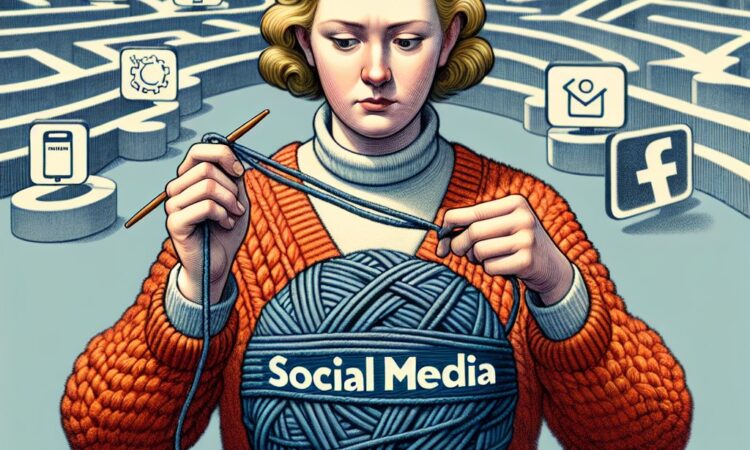Social Media and Misinformation
Social media has become a powerful tool for communication and information sharing. It allows people from different parts of the world to connect and exchange ideas instantly. However, this convenience comes with associated risks, one of which is the prevalence of misinformation and disinformation. The ease and speed at which information spreads on social media platforms can make it difficult to discern what is accurate and what is not.
Misinformation refers to false or inaccurate information, often spread unintentionally due to a lack of fact-checking or critical evaluation. On the other hand, disinformation is intentionally false or misleading information spread with the intention to deceive or manipulate. Both types of misinformation can have detrimental effects on public discourse and the democratic process.
The impact of misinformation can be far-reaching. It can shape public opinion, influence elections, and contribute to the polarization of society. When false or misleading information is shared widely and believed to be true, it undermines the credibility of reliable sources and can cause confusion among the public.
To combat the spread of misinformation, it is crucial for individuals to be vigilant and verify the information before sharing it further. This involves fact-checking through trusted sources, examining multiple perspectives, and critically evaluating the credibility of the information. By taking these steps, we can play a proactive role in mitigating the harmful effects of misinformation on our society.
The image above serves as a depiction of the need to be cautious when consuming and sharing information on social media. In the image, we see a person holding a smartphone with various social media icons surrounding them. This symbolizes the overwhelming amount of information available and the potential for misinformation to seep through. The cautionary imagery serves as a reminder to be mindful of the fact that not everything we encounter on social media is accurate or reliable.
The person in the image is shown with a skeptical expression, emphasizing the importance of critical thinking and skepticism when navigating the digital landscape. The diverse social media icons surrounding them represent the various platforms where misinformation can potentially originate from. This diverse representation reminds us that misinformation is not limited to a single source or platform – it can exist and spread across multiple channels.
Overall, the image prompts us to reflect on the responsibility we have as consumers of information in an increasingly digital world. It reminds us to exercise caution, verify information, and foster a healthy skepticism towards what we encounter on social media. By doing so, we can contribute to a more informed and resilient society.

